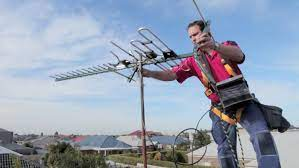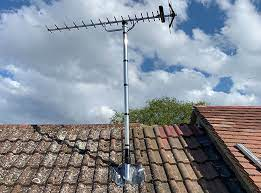
Choose a qualified installer after doing your research
Finding a professional aerial installer is the first step to preparing an aerial installation. Find installers registered with governing organisations such as Confederation of Aerial Industries or Registered Digital Installers. The memberships will ensure the installers are qualified and follow industry standards. Research and review installers with good reviews and a track record. Ask friends, relatives, and neighbours for their recommendations if they have had an aerial installed recently.

You can check the coverage of your signal in your area
Check the coverage of the signals in your area before installing. Use tools such as the Freeview Coverage Checker and Digital UK to find out which channels you can watch in your area, along with the strength of the signal. The installer will be able to determine which type of aerial and where it should go based on this information. For TV aerial installation Stroud, visit https://steveunettaerials.co.uk/our-services/aerial-services/tv-aerial-repair/tv-aerial-repair-stroud
Check your TV needs
You can communicate your requirements to the installer more clearly if you know what they are. You should consider the type of channel you would like to receive, such as Freeview or Freesat. Also, any other requirements, such as HD or 4K, will be considered.

Install the equipment in the correct location
Next, you need to determine the ideal location of your aerial. It should ideally be installed at the highest point on your property, with clear sightlines to the transmitter. It will allow for the best reception of signals and minimise any interference. Consult your landlord or property management to find the best location for an aerial installation if you are living in a communal home or flat. You may be required to obtain permission in some instances or follow certain guidelines.
Tell the installer if you have any specific requirements
Be sure to inform the installer of any special requirements before installation. You may need to consider factors like cabling limitations, additional outlets or splitters or unique challenges at your home.
Test the reception and verify the installation
Take the time after the installation to check the results with the installer. Verify the quality and strength of the TV signal to make sure the installation was successful. Bring up any concerns or issues you may have with the installer as soon as possible.
Bottom line
Research, communication and planning are all part of preparing for an aerial installation.
